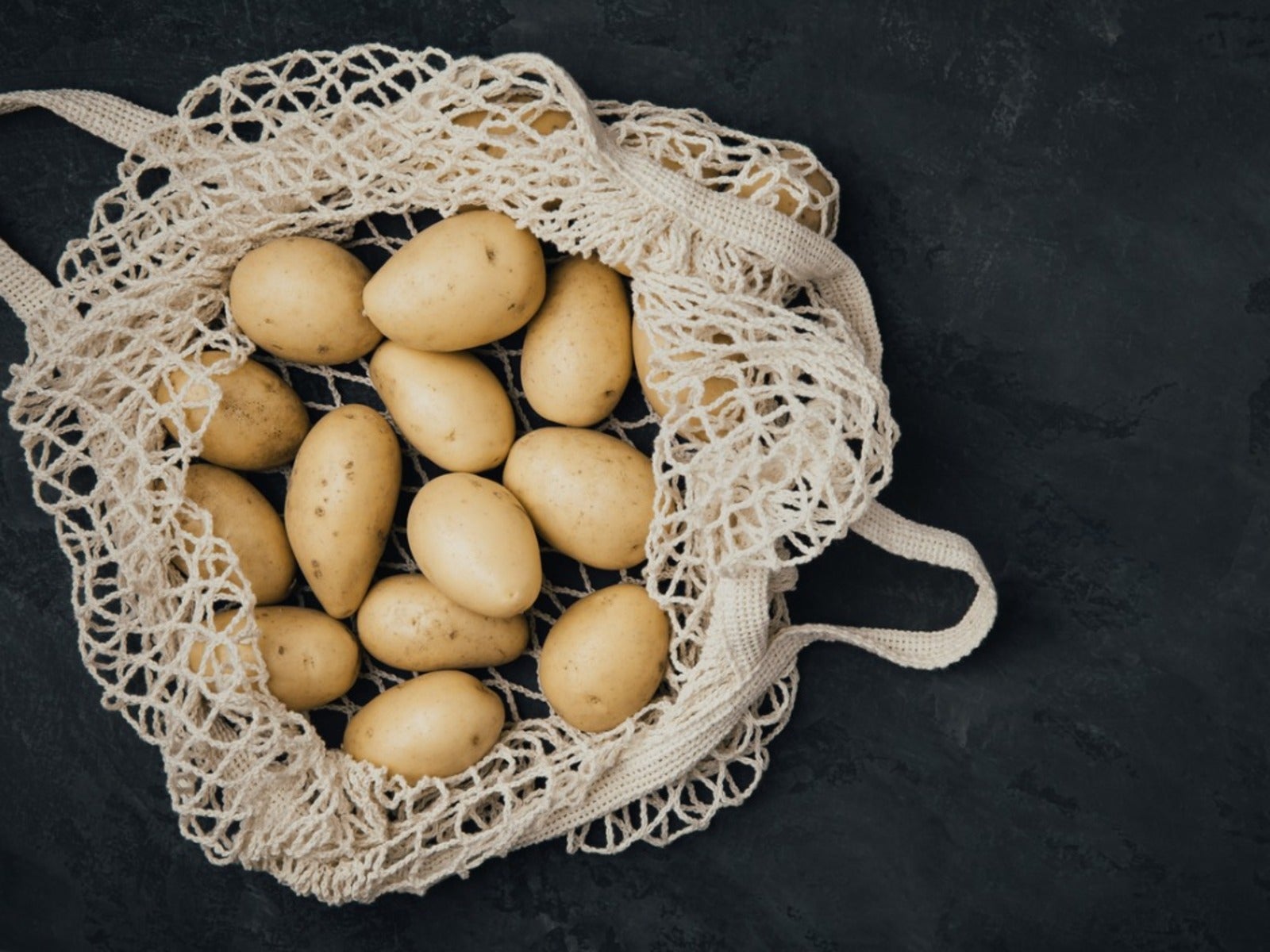Best Vegetables To Grow For Sustainability

Many of us are doing our part, big or small, to be mindful of sustainability, especially when it comes to our gardens. There are numerous ways we can reduce waste and encourage biodiversity while gardening organically. One way is in the selection of eco-friendly vegetables we choose to grow. Not every veggie crop is considered sustainable. The most sustainable vegetables are those that can be grown year after year, relying on local resources while minimizing their impact on the environment. Read on to learn about the best vegetables to grow for sustainable gardening.
What are Sustainable Vegetables?
Sustainable vegetables are often grown organically using local varieties that require fewer local resources such as irrigation. Sustainable vegetables are those that are locally sourced, consumed during their growing season, diverse, and grown organically. A sustainable garden also practices the 4Rs: reduce, reuse, recycle, and rethink.
When you plant eco-friendly veggies, you are reducing water waste, using less energy, minimizing or eliminating fertilizer use, diversifying the ecosystem, and more.
Most Sustainable Vegetables
The most sustainable plant on earth is bamboo, which can be grown without the use of chemicals, relies on natural rain for irrigation, and absorbs CO2 impressively due to its rapid growth.
The most sustainable vegetable (if we use that term loosely) is the mushroom. Mushrooms use less water, energy, and growing materials than any other crop. They require very little land and produce much less CO2 than other veggie crops. That said, a mushroom is not specifically a vegetable, but rather a fungus.
Some of the Best Sustainable Vegetables for the Home Gardener
One of the ways the home gardener can make their garden more sustainable is by planting crops that don’t require much water. Often these will be native plants which have had thousands of years to acclimate to local conditions. Take legumes, like beans for example.
Many dried beans are native to the American southwest and over time have evolved to be incredibly drought tolerant. Even green snap or pole beans can produce with relatively little irrigation.
Gardening tips, videos, info and more delivered right to your inbox!
Sign up for the Gardening Know How newsletter today and receive a free copy of our e-book "How to Grow Delicious Tomatoes".
Crops like tomatoes, squash, and melons draw up moisture with their deep root systems. Even some zucchini varieties search for water down into the water table. All will need supplemental water at planting until they establish at which point there will be some drought tolerance.
Additional Eco-Friendly Vegetables
Root veggies, including potatoes, are also considered sustainable vegetables. The majority of the carbon emission from potatoes comes from how they are cooked. Frying spuds actually lowers their carbon footprint while baking, which takes longer, raises it.
Root veggies have such a low carbon footprint that scientists are researching how to use them to make an eco-friendly cement. Cement has a high footprint as it is so labor intensive.
Fruit trees generally have a low carbon footprint. The fact the fruit is grown on trees reduces their overall footprint since trees draw carbon from the environment. In commercial orchards other factors will raise the carbon footprint, such as storage and transportation. Packaging and processing post-harvest can also hurt.
Along the lines of fruit trees, nuts have a low carbon footprint. In this case it is further lowered because nuts can replace cow’s milk, a significant environmental pollutant.
Most herbs are drought tolerant and very low maintenance and while not specifically a veggie, should be added to the sustainability category.
Crops that are Not Sustainable
Cool season crops like broccoli, cauliflower, collards, kale, kohlrabi, watercress, and more are not drought resistant and rely on plenty of irrigation. When rainfall is low, that means supplemental irrigation, which makes these crops less than sustainable. Some areas, however, get sufficient spring rain and cool temps, which makes them a more sustainable option.
Shallow rooted vegetables like sweet corn and lettuce also require lots of supplemental water and won’t make the list of most sustainable crops.
Tips for Growing a Sustainable Garden
Utilize water saving systems like drip irrigation and mulch around plants to save water. Group plants with similar water use together. Plant a diverse garden rather than a single crop.
Called polycultures, diverse plantings encourage biodiversity, discourage pests, improve soil, and foster yields. You will still want to practice crop rotation, however.
How we produce the food, choose one crop over another, and eschew chemical controls has a direct impact on the health of our environment, so choose wisely.

Amy Grant has been gardening for 30 years and writing for 15. A professional chef and caterer, Amy's area of expertise is culinary gardening.
-
 Never Plant Seedlings Until They Pass These 3 Simple Tests
Never Plant Seedlings Until They Pass These 3 Simple TestsDon't be over-eager to transplant seedlings into the garden before they are ready. These quick and easy checks will help ensure flourishing plants.
By Mary Ellen Ellis
-
 Grow ‘Karl Rosenfield’ Peony Plants For The Ultimate Frilly Border Beauties And Cut Flowers
Grow ‘Karl Rosenfield’ Peony Plants For The Ultimate Frilly Border Beauties And Cut FlowersFor frilly double magenta peony petals infused with a heady fragrance, grow ‘Karl Rosenfield’ peony plants. Here’s how to cultivate the ultimate plushy blooms
By Tonya Barnett